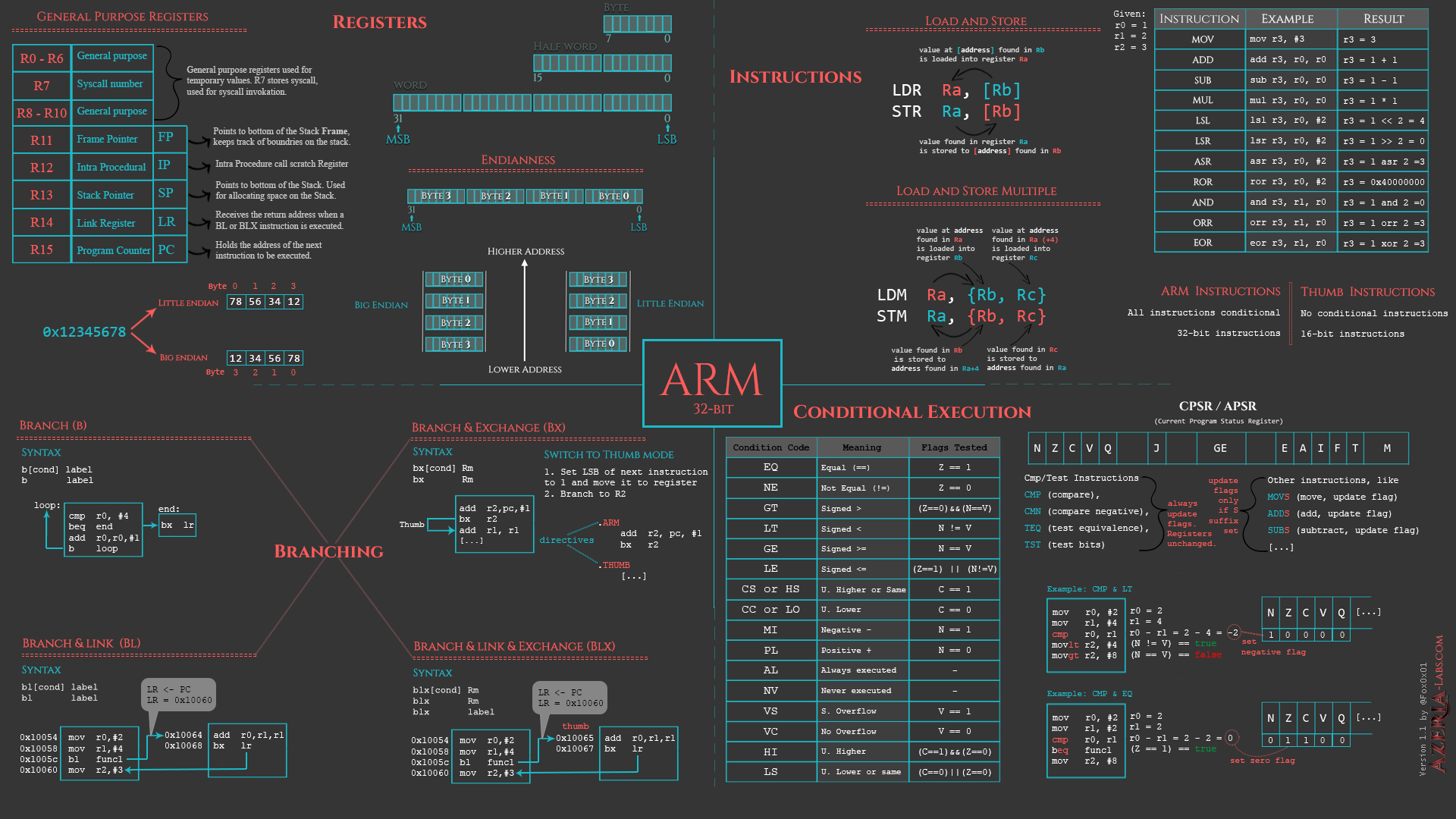

Think about that, because the difference is vital. The solution to that problem is that we do know how our own equipment is configured, because we configured it. We likely have no control over the firewall, or the way IP traffic is routed internally within their home or organization. Try running a command like whoami and see what output you get. The -n and -v switches are optional and are explained above, but are useful. Again, syntax is a simple single-line command. Once the remote machine is in listen mode, we can then use our machine to connect to it remotely. After running this command, netcat will appear to hang on the remote machine if running this command interactively. This can speed up execution of commands with netcat. The same commands could be written the following way. The switches here are condensed for ease of use, but are all separate.
#Netcat reverse shell not working getting hung up windows#
Setting up a listener on the remote machine is a simple one-line command, but differs slightly on Windows and Linux. Obviously this is very powerful, especially if the remote user has administrative permissions. When we configure a bind shell, we are essentially telling the remote machine to serve a shell to us via a TCP port, set up a listener server on that port, and when we make a connection to that port, run the shell and send the text output across the network to us. If the machine is behind a device that is providing NAT, like a firewall, the connection may or may not be successful depending on which ports are forwarded to the device.

This requirement is such because the attacker must be able to point netcat at the IP address of a machine directly and receive a response. A typical situation that accommodates this requirement is when the attacker and the remote host are on either the same IP subnet, or subnets that are directly routed to each other without any form of network address translation NAT between them. A bind shell is useful when the attacker us has direct access to the IP address of the remote host. Ideally, it would run these commands every time the machine starts up to keep access to the shell alive. Both of these shell options require that commands be run on the remote host, so that we can run commands on the remote host. These remote shell access methods typically take one of two forms - a bind shell, or a reverse shell. You can set up and tear down connections on any machine with netcat binaries, and that machine can act as either a server or a client to communicate with other machines running either another instance of netcat, or other services like SMTP.


 0 kommentar(er)
0 kommentar(er)
